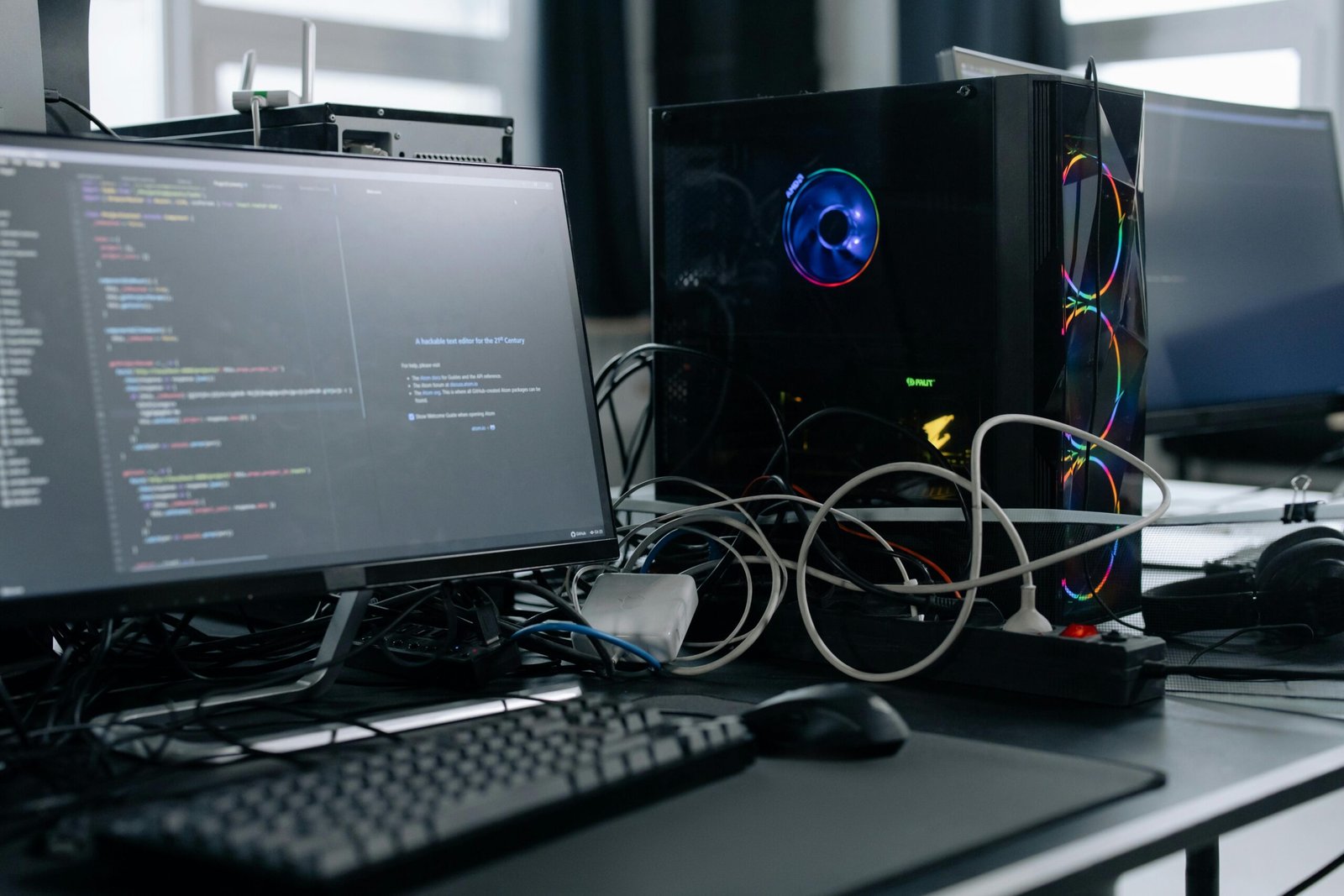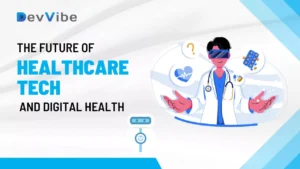
Best Practices: How to Prepare for the Future of Software Development
The software development industry is constantly evolving, and the best practices that are used today may not be the best practices in the future. However, there are some general best practices that are likely to remain relevant for years to come.
Following are 7 software development best practices for the future
According to a recent survey by VersionOne (now Digital.ai), 71% of software development teams now use agile methodologies.
The rise of Agile Development Methodologies:
Agile development methodologies are becoming increasingly popular, as they offer a number of advantages over traditional waterfall methodologies.
For example, agile methodologies allow for faster delivery of software, as well as greater flexibility and adaptability to change.
According to a recent survey by VersionOne (now Digital.ai), 71% of software development teams now use agile methodologies.
Agile methodology in app development
The increasing use of continuous integration and continuous delivery (CI/CD):
CI/CD is a set of practices that automate the process of building, testing, and deploying software. This helps to ensure that software is always in a releasable state, and it can help to reduce the time it takes to get new features to market.
According to a recent survey by Sonaqube, 69% of software development teams now use CI/CD.
CI CD PIPELINE
The growth of the Internet of Things (IoT):
The IoT is the network of physical devices that are connected to the internet. These devices collect and share data, which can be used to improve efficiency, productivity, and customer experience.
The IoT is expected to grow rapidly in the coming years, and software developers will need to develop skills in this area to meet the demand for IoT applications.
According to a recent study by Gartner, the number of connected devices is expected to reach 25.4 billion by 2023.
IOT app development
The rise of mobile app development:
Mobile apps are becoming increasingly popular, as more and more people use smartphones and tablets. Software developers will need to develop skills in mobile app development to meet the demand for these applications.
According to a recent study by Statista, the global market for mobile app downloads is expected to reach 218.9 billion in 2023.
Mobile app development
The use of artificial intelligence (AI) in software development:
AI is becoming increasingly used in software development as it can be used to automate tasks, improve code quality, and generate new ideas.
According to a recent study by #gartner , AI will be used by 45% of software development teams by 2023.
AI and Software Development
The growth of cloud computing:
Cloud computing is the delivery of computing services—including servers, storage, databases, networking, software, analytics, and intelligence—over the Internet (“the cloud”). Cloud computing is becoming increasingly popular, as it offers a number of advantages, such as scalability, cost-effectiveness, and flexibility.
According to a recent study by #gartner , the global cloud computing market is expected to reach $494.3 billion in 2023.
Cloud Computing
The increasing demand for security in software development:
As software becomes more complex, the demand for security in software development is also increasing. Software developers will need to develop skills in security to ensure that their applications are secure.
According to a recent study by Ponemon Institute, the average cost of a data breach is $3.92 million.
Security of Software
These are just a few of the software development trends that are likely to shape the future of the industry. By following these trends, software developers can help to ensure that they are prepared for the future.








